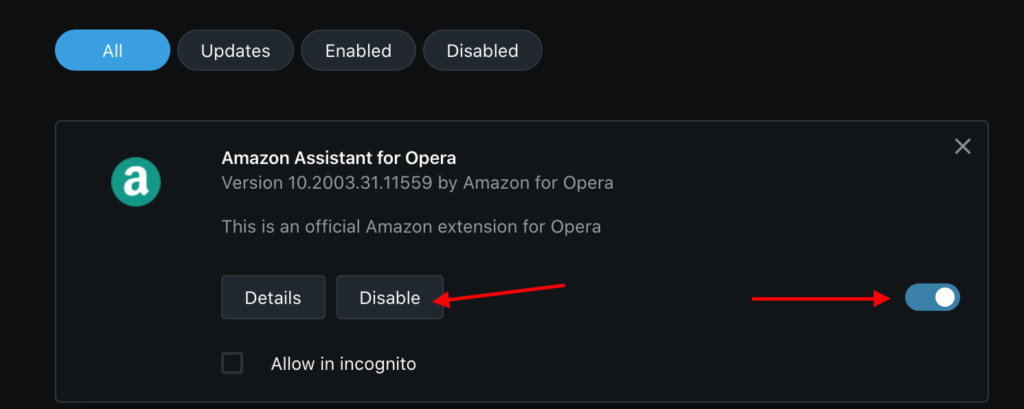

People love watching videos, and we believe this feature will significantly improve the way you experience your favorite video content. You can drag your video around the screen and close it immediately should the need arise. Īnother important addition in this version is the video pop out feature, which allows you to shift your video frame to the side of your screen, so you can truly multitask: browse, shop online or do the research without missing out on the video action. Stay tuned for the giveaway details from on Twitter. To encourage you, today we’re kicking off a fun, giveaway activity on our Twitter profile where, you can send your screenshots to show how much faster you’ve browsed with Opera. We hope you enjoy playing around with these benchmarks. It’s not only a great tool for users, but also will help advertisers and publishers understand the problem of heavy ads, and help accelerate the change that the ad industry needs to pursue. With Opera’s ad blocker, you can benchmark the loading speed of the current webpage with and without the ad blocker enabled. You can click the gear icon in the pop-up to go there quickly. If you disable ad blocking on a website, the website is added to an exception list, which you can manage from Opera’s settings. The ad blocker dialog will reveal statistics showing how many ads you’re blocking on the current page and how many you’ve blocked overall. To activate or deactivate ad blocker for a specific website, simply click the shield icon in the address bar and flip the switch there. It’s deactivated by default, so you need to go to Settings (or Preferences on Mac) and flip the “Block ads” switch to turn it on. Using our native ad blocker is really simple.

Our test case showed reduced RAM usage of up to 600 MB for just 10 tabs. Recently, our further research has shown that browsing with the ad blocker enabled reduces memory consumption by up to 47%. Our research shows that browsing with Opera’s ad-blocking feature is on average 62% faster than without ad blocker.

Furthermore, Opera blocks ads as early as possible: right in the engine, when a network request for a URL is first being made.
#Disable extensions in opera for mac code
Opera checks the block list using native code and fast algorithms, making the computation as fast as possible, which is out of reach for extension-based solutions. Many ad-blocker extensions spend a lot of time checking whether URLs or page elements occur in their block lists. And, “native” means that the ad blocking happens at the web engine level, making page loads much faster, while consuming much less memory than extension-based ad blockers.īringing this technology directly to the browser engine simplifies ad blocking and makes it much faster compared to extensions. We decided to change this by bringing, as the first major browser maker, native ad-blocking technology directly to the browser.

This is a serious performance issue that browsers haven’t been able to respond to for a long time. However, when planning our new features for 2016, we realized that, with no bloated ads, some top websites would load up to 90% faster. For more than 20 years, we have always kept pushing ahead for faster and leaner browsers. So, please keep your feedback coming, because it helps us improve the features for you.Ĭurrently, you are helping us test our browser VPN in the developer version, and we are looking forward to rolling it out in the stable version soon.Īt Opera, we truly care about speed. We truly appreciate that you tested the developer version. Many of you have been waiting for the final version of Opera 37 with the native ad blocker.


 0 kommentar(er)
0 kommentar(er)
